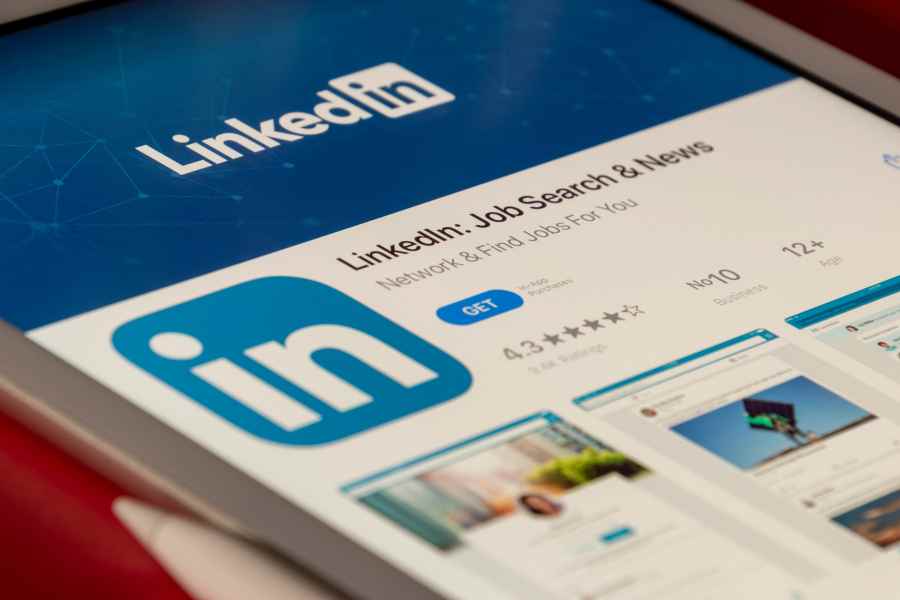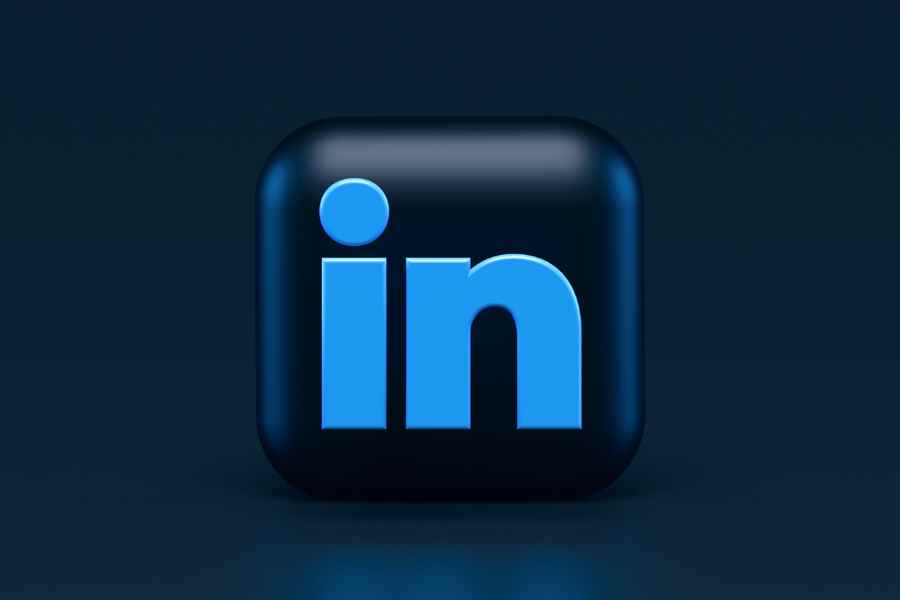Your LinkedIn summary is not just a throwaway social profile section; it sets the stage for your professional narrative.
In today’s world, where your digital persona is often the first impression, a great LinkedIn summary can be a decisive factor.
If you want to captivate a potential employer, client, or collaborator right from the get-go, this article is for you. Its powerful summary-writing techniques are your toolkit for transforming your summary into an engaging and effective showcase of your professional story.
Let’s turn your LinkedIn summary into a reflection of your unique professional identity.

What is Your LinkedIn Summary & Why Should You Care?
A LinkedIn summary is to your entire LinkedIn profile as a blurb is to a novel. It gives visitors an idea of who you are in a nutshell.
Also known as your “About” section, your summary is the ideal place for sharing a more rounded view of your professional life, blending your work experience, skills, and personal achievements into a cohesive narrative.
Unlike the rest of your LinkedIn profile, which tends to be factual and pithy, it allows for a more personal and engaging tone. It’s your chance to make a strong first impression on anyone who visits your profile.
And then there’s the crucial role that the LinkedIn summary plays in terms of discoverability.
By strategically incorporating relevant keywords related to your industry and skill set, you enhance the likelihood of appearing in search results, thus increasing your visibility on the social media platform.
In essence, the LinkedIn summary is a powerful personal branding tool.
It provides context to your professional journey, highlights your individuality, and enhances your online presence, all of which are crucial components to your online identity.
How to Create an Effective LinkedIn Summary in 6 Simple Steps (+ Tips & Examples)

Now that you have a basic understanding of the LinkedIn summary, let’s discuss what you should do to craft one that truly resonates with your target audience…
Step 1: Begin with a Compelling Opening
Your opening lines are crucial — they’re your first impression. So start with something that grabs attention.
Perhaps a bold statement about your career goal or philosophy, a quick snapshot of your achievements, or an intriguing question that reflects your professional journey. For example:
“Marketing in the morning, meme-making by night: Blending humor and strategy to sell the unmarketable.”
This LinkedIn summary example snippet immediately sets a tone of playful creativity and good humor.
Step 2: Narrate Your Professional Story
Use the summary section to tell your story, not just list your accomplishments.
This means NOT recounting your entire career history but rather highlighting key moments, turning points, or decisions that have shaped your professional path.
For example, mention how a particular project ignited your passion for your field or how overcoming a significant challenge led to personal growth and professional success.
Stories are personal, and memorable, and more likely to help you make a good impression on visitors.
Step 3: Showcase Your Unique Selling Points
Identify what sets you apart and ensure these elements are front and center in your summary.
This could be a unique skill that few others have, or a unique combination of skills that makes you stand out, a particular approach you take in your work, or experiences that give you a different perspective.
An HR professional might highlight their approach to creating inclusive work cultures, while a digital marketer might focus on their success in leveraging digital tools to drive campaigns.
Step 4: Incorporate Keywords Strategically
Keywords increase your visibility. Include terms related to your skills and industry, but ensure they flow naturally within your narrative.
For instance, a digital marketer might include terms like ‘SEO’, ‘content marketing‘, and ‘digital analytics’ woven into the description of their expertise and work experience.
How do you find these keywords, though?
You can conduct some research by looking at the skills and qualifications sections on job postings that interest you, or use LinkedIn search and type in terms you think are relevant and see who or what pops up.
Remember, the goal is to include these keywords in a way that feels natural and adds to your story.
Avoid the temptation to stuff your summary with keywords, as this can make it feel forced and inauthentic. Instead, choose keywords that genuinely reflect your skills and weave them seamlessly into your summary.
Step 5: End with a Clear Call to Action
The truth is that people often need to be told what to do, especially when they’re on the distracting internet.
So as you write, what do you want visitors to do after reading your summary section?
Whether it’s to connect, view a portfolio, or consider you for opportunities, don’t be afraid to say it directly and make it clear. For example:
“Eager to explore creative solutions in graphic design? Let’s chat — message me for inspiring collaborations or project discussions.”
It encourages engagement and clearly indicates the next steps for potential connections.
Step 6: Keep It Concise and Engaging
While you have up to 2,600 characters at your disposal, it’s important to be concise. A well-structured, succinct summary is more likely to be read and remembered.
So, break up the text into readable chunks, use bullet points for clarity where necessary, and keep paragraphs short.
Advanced LinkedIn Summary Tips That’ll Level Up Your Social Profile

Now, let’s go beyond the fundamentals and explore some advanced strategies to make your LinkedIn summary really pop.
These tips are designed to elevate your summary from good to exceptional, ensuring it captures and retains the attention of your audience…
Leverage Storytelling Techniques
How do you write a good story for your LinkedIn profile summary?
Start by setting the context — this could be the state of a project or team when you stepped in. Then, describe the challenge or problem you encountered.
Be specific about the obstacle, and detail your actions to address this challenge. Highlight your unique approach and the skills you employed.
Finally, conclude with the results of your actions. Showcase the impact you made using numbers or statistics if you can.
For instance, instead of writing, “I have strong project management skills,” you could write something like:
“Faced with a critical project at risk of failure, I restructured the team, integrating X methods that cut delivery time by 30% and rescued a key client relationship.”
Incorporate Rich Media
Like many social media platforms, and unlike a standard resume, LinkedIn allows you to add media to your summary.
This could be something as simple as emojis or a more sophisticated professional video introduction. Not to mention, you can always add a link to your portfolio, a significant presentation, or a blog post you’ve published.
Such additions provide a dynamic dimension to your summary, offering a more immersive experience for the viewer.
Just be careful not to overwhelm visitors with too many fancy bells and whistles.
Include Quantifiable Achievements
Whenever possible, use numbers and data to quantify your achievements.
This could be the percentage by which you exceeded sales targets, the number of team members you led, or the revenue impact of a project you managed.
Showcase Thought Leadership
If you’re a thought leader, use your summary to express your philosophy or vision for the industry.
One way to do this is to ask yourself Peter Thiel’s question, “What important truth do very few people agree with you on?”
The key to standing out on LinkedIn begins with thinking differently.
So don’t be afraid to share what you really think about current trends or a prediction about where your sector is heading, positioning yourself as a forward-thinking professional.
Personalize with Passion Projects or Hobbies
Mentioning a passion project or hobby can add depth to your professional persona.
The trick is not to clutter up your summary by sharing every hobby in your life but to feature a hobby that adds to your career trajectory.
Address Your Audience Directly
Unlike a dry and boring resume, it’s perfectly okay, and you are even encouraged to speak directly to the reader in your LinkedIn summary.
You can do this by identifying who you are looking to connect with. For example:
“If you’re a startup looking for growth strategies, let’s talk.”
This approach makes your summary more inviting and targeted. After all, while LinkedIn is a professional social media platform, it’s still a social media platform.
And people want to socialize with other people who feel human, not robotic and impersonal.
Regular Updates Reflect Current Goals
Keep your summary dynamic by updating it regularly to reflect your current professional goals and achievements.
It keeps your profile relevant and shows that you are active and engaged in your professional development.
3 Common Misconceptions About LinkedIn Summaries

Before you dive in and create your LinkedIn profile summary, let’s expose and dispose of some common misconceptions that can make you underutilize or misuse this super valuable and useful space…
Misconception 1: It’s Just a Repeat of Your Resume
Many believe the LinkedIn summary is simply a space to rehash the contents of their resume.
However, this section actually offers a chance to go beyond the resume and share your story in a more personal and engaging way.
While a standard resume is structured and formal, your LinkedIn summary allows you much more space to be creative, to express your passions, motivations, and career aspirations, providing a fuller picture of who you are as a person and a professional.
Misconception 2: It Should Only Be Professional
Some people mistakenly believe your summary must maintain a strictly professional tone, focusing solely on work-related achievements.
While professionalism is important, adding personal touches and sharing your journey or interests can make your summary more relatable and memorable.
Misconception 3: It’s Only for Job Seekers
Often, people assume LinkedIn summaries are only relevant to a job seeker.
In reality, this section is a dynamic tool for networking, personal branding, and establishing thought leadership, irrespective of your employment status.
After all, the best time to begin looking for a new job title is before you need one. And that’s what your LinkedIn profile is for… keeping the door open to opportunities you might need one day.
Now That You’ve Mastered Your LinkedIn Summary…
Think of the impact a great LinkedIn summary can have on your career…
How it can position you as a standout individual in your field, attract and introduce like-minded professionals to you, and open the doors to previously unimagined opportunities.
So, get out there and start creating (or updating) your LinkedIn summary section today.



